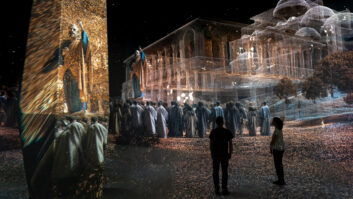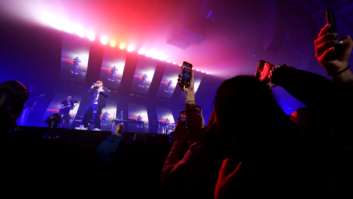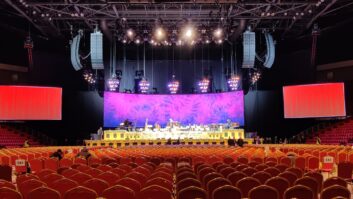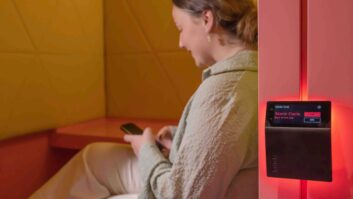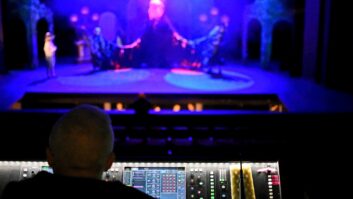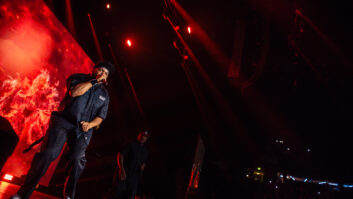The Consumer Electronics Show (CES) which begins today in Las Vegas is a reliable barometer of the key trends likely to hit the residential market over the coming year, says Adrian Pennington.
Some are continuations of themes that dominated 2010: 3DTV and internet connected devices. In 2011 add to that gestural user interface and ‘apps’ with everything – plus a possible format war in the 3D arena.
Much of the chatter preceding the show has in fact been about the no-show of Google TV that was expected to excite the connected TV sector. Delayed by software glitches and the denial of content by major US networks Google forced TV makers Sony, Toshiba, LG Electronics and Sharp to shelf their presentation plans for Google TV products at the last minute.
That hasn’t however dented the phenomena which is that everything from TVs to smartphones, e-readers to tablets and even cars on show here are now connected to the Web.
Jason Oxman, senior vp of Industry Affairs at the Consumer Electronics Association (CEA), dubs this ‘applification.’
“Manufacturers are changing the user experience and handing over the user interface to third-party app developers,” he says. “Manufacturers have been historically reluctant to do this, but now they’re permitting apps to permeate their devices.”
By the end of this year the CEA predict that 20% of all TVs sold in the US will have internet capability built-in.
Equally ubiquitous at the CES convention are 3D displays with portable 3D screens coming on stream.
Making 3D the centrepiece of its 2011 strategy, LG has announced a swathe of 3D enhanced AV product. These include a premium Blu-ray 3D disc home theatre system; a network Blu-ray 3D disc player; and a 7.2 channel 1280 Watt a Real 3D home theatre system featuring a pair of HDMI v 1.4 inputs and support for external HDD playback of downloadable video formats such as DivX HD and MKV. WiFi direct, Ethernet and DLNA support are all added.
Toshiba meanwhile is demonstrating its glasses-free autostereoscopic displays for the first time outside Japan. The models are 20-inch and 12-inch and sport a special coating on the display which splits light from the TV into nine focused directions in order to provide an illusion of depth.
It is not alone in developing autostereoscopic screens and has attracted considerable interest since many in experts only believe 3D will take off in the home without glasses. Could the glasses versus glasses free screens heat up in to a format war?
Elsewhere uWand, a start-up born out of Philips R&D, is demonstrating how its ‘remote touch’ technology might change the way we watch and navigate TV. Equipped with direct pointing and 3D gesture control capabilities, uWand makes it possible to navigate 3D user interfaces by zooming out to bring menu items to the front of the screen.
Norway’s Elliptic Labs also has a touchless gesture user interface for the iPad. The company says it uses ultrasound to generate a field that projects one foot in front or to the side of a docked iPad. Users can then wave their hands about in front of the screen to control the device. With Microsoft Kinetc sales well past one million worldwide, the motion controller is likely to become a staple of home installs going forward.
Car manufacturers also want in on the act. Exhibitors Ford, Audi and GM have invested significant resources on revolutionising the way we interact with — and think about — our vehicles. Innovations include HD radio, in-car Wi-Fi and new functionality to in-car infotainment systems like Ford Sync.
